Accelerating green transformation for businesses
| Green transformation in industrial zones welcomes new investment wave | |
| Note for businesses when converting green and digital | |
| The important “puzzle piece” for green transformation |
 |
| Production line at Phuc Sinh Joint Stock Company - a company that has just received investment from a European fund thanks to meeting green criteria. Photo: Provided by the company |
Doubt and hesitation
Sharing at the Sustainable Development Forum recently organized by Saigon Economic Magazine, Dr. Nguyen Quoc Viet, Deputy Director in charge of the Vietnam Institute for Economic and Policy Research (VEPR), under the University of Economics, Vietnam National University, Hanoi, said that although the Government and relevant agencies are making progress in developing policies and regulations on environmental protection and greenhouse gas emission reduction, there is still a lack of specific regulations and detailed instructions for businesses.
Meanwhile, in countries importing Vietnamese goods, green policies are issued in large numbers, complex in nature and continuously evolving over time.
This poses a big challenge for Vietnamese goods in these markets because policies and consumers will gradually eliminate products that are not on the green list.
Regarding the financial issue, Mr. DarryI J. Dong, Senior Representative in charge of Ho Chi Minh City Office, International Finance Corporation (IFC) pointed out that, to achieve the goal of net zero emissions by 2050, Vietnam will need to mobilize hundreds of billions of USD to finance infrastructure, new technologies and social programs to support the green transition.
Of this, the majority of capital will come from the private sector. However, Mr. Darryl assessed: “Although the capital demand is a huge wall, the door for climate finance in Vietnam is only slightly opened”.
Barriers include high upfront investment costs, few viable deals, low green credit, and nascent capital market and regulatory capacity. In addition, there is skepticism and hesitation about climate projects that are considered very risky.
Mr. Lim Dyi Chang, Head of Corporate Banking, UOB Vietnam pointed out that, from the investors’ perspective, the most significant barriers include the lack of a clear green classification framework, insufficient incentives for green investments, and financial risks perceived to be associated with new technologies.
Additionally, there is often a mismatch between the long-term nature of green investments and the short-term financial expectations of investors.
The carbon credit market - which is expected to provide a large resource for the green transition - is also assessed to be running significantly slower than the international market.
According to Mr. Nguyen Vo Truong An, Deputy General Director of the ASEAN Carbon Credit Trading Platform (CCTPA), although the market has started to start, the context is still difficult and businesses are still quite passive.
In fact, there are enterprises that have actively invested in the field of carbon credits, but they have mainly stopped at technology. Because of this passivity, the price of carbon credits in Vietnam is currently low, enterprises have not actively sought buyers to negotiate prices, and there are no quality projects.
Some businesses have proactively invested in carbon credits, but mainly stopped at the technology step.
How to speed up?
Based on the above facts, experts believe that legal regulations related to green transformation need to be completed soon to remove barriers. According to Mr. Nguyen Quoc Viet, the Government and state agencies need to provide, update information promptly and issue guidelines for implementing green transformation policy strategies; complete the policy framework on decarbonization such as promoting renewable energy, energy saving; develop regulations on carbon markets, carbon pricing, green certificates. Along with that are policies to support businesses in implementing green production.
To open the door to climate finance, Mr. Darryl emphasized, the lack of clear regulations not only makes it difficult for investors but also makes the “eagles” (large corporations) leave.
Typically, in the field of offshore wind power, many large corporations came to Vietnam with the desire to invest, but due to the lack of specific regulations, they decided to withdraw.
However, it is not necessary to build a perfect legal framework from the beginning, but it is necessary to establish basic regulations so that investors and financial institutions can understand and participate in the market, then add more details as the market develops.
In addition, the IFC expert also suggested a “blended finance” solution, combining concessional capital and commercial capital. The goal of this solution is to reduce total transaction costs and balance the risks and profits of green projects.
This is considered an effective tool to mobilize capital and resolve difficult climate finance transactions. In addition, it is necessary to promote the development of projects with access to bank capital.
This requires collaboration between investors and banks, as the climate finance sector is still in its infancy. Not only investors need to provide adequate information to banks, but banks themselves need to build capacity, both in terms of capital and skills such as project appraisal, risk management and sustainability assessment.
Another issue that Mr. Darryl mentioned was the enhancement of “climate capacity” through building green capacity for the financial system in Vietnam.
This includes not only the credit system but also extends to capital markets, for example, developing green principles in the capital market, for example green bonds.
For the carbon credit market, Mr. Nguyen The Phuong, Director of FPT Digital Transformation Consulting, recommends that first, businesses need tools to inventory emissions according to international standards. Emission inventory assessment helps businesses know where they stand, whether they exceed standards or still have "room" to transfer to the needy party. This data is the first step for other organizations to confirm and then issue carbon credits.
Mr. Nguyen Vo Truong An also noted that carbon credits on the market comply with international procedures, but their construction is a long-term story.
Therefore, projects according to current outstanding standards must prioritize the methodology of many industries and fields: from afforestation, land use, agriculture, energy, carbon capture...
"If the project is designed scientifically and in compliance with the methodology, carbon credits will be issued," Mr. An recommended.
Related News
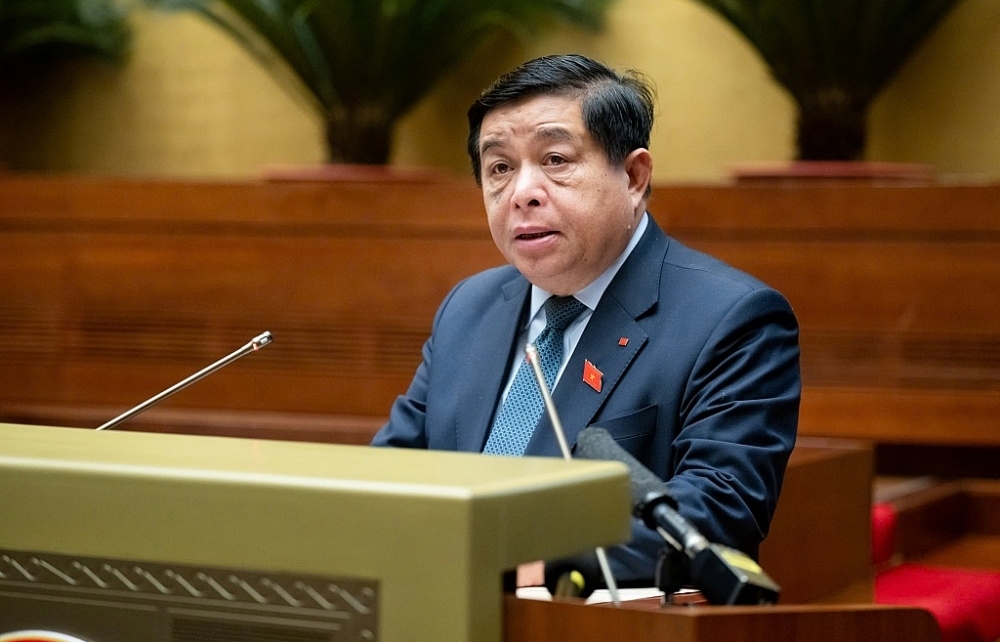
The government seeks approval for revised GDP, CPI targets
16:28 | 15/02/2025 Finance
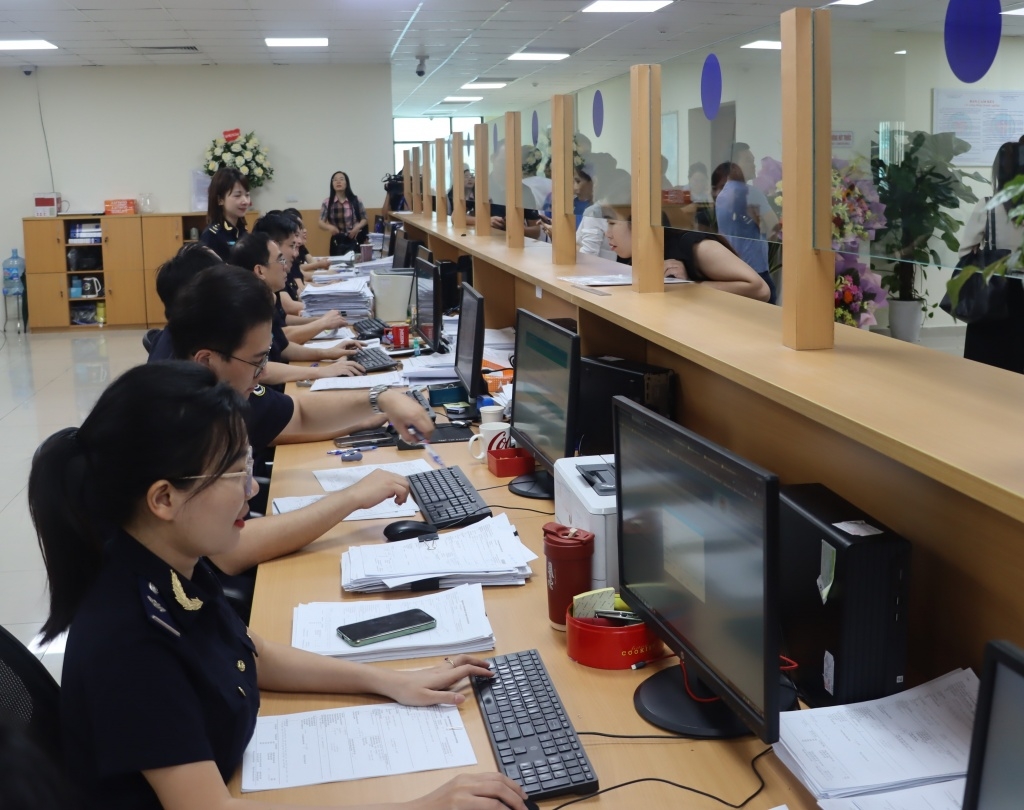
Hai Phong Customs’ revenue rises about VND 1,000 billion
14:52 | 14/02/2025 Customs
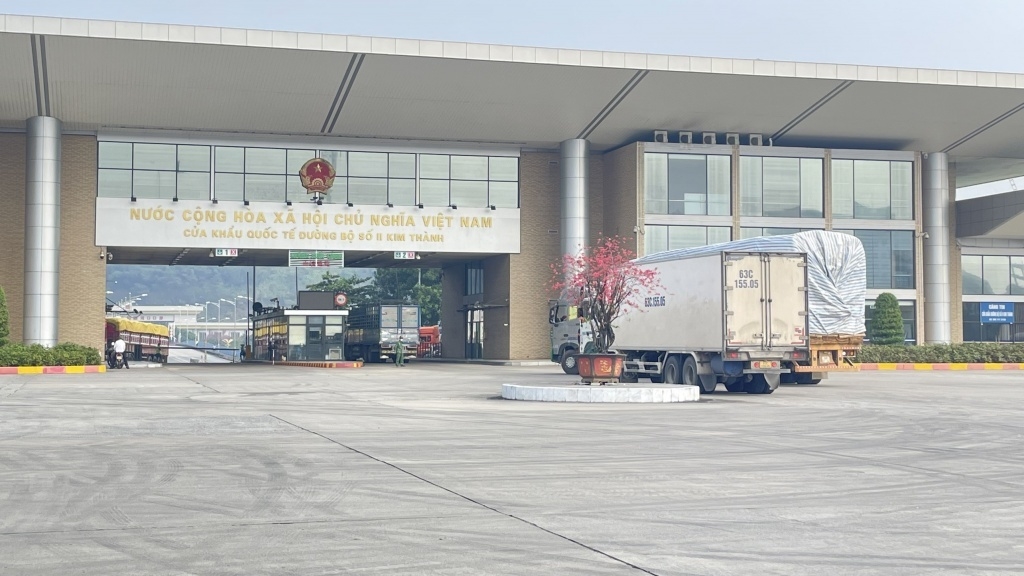
Import and export turnover reaches about US$29 billion in the second half of January 2025
14:52 | 14/02/2025 Import-Export
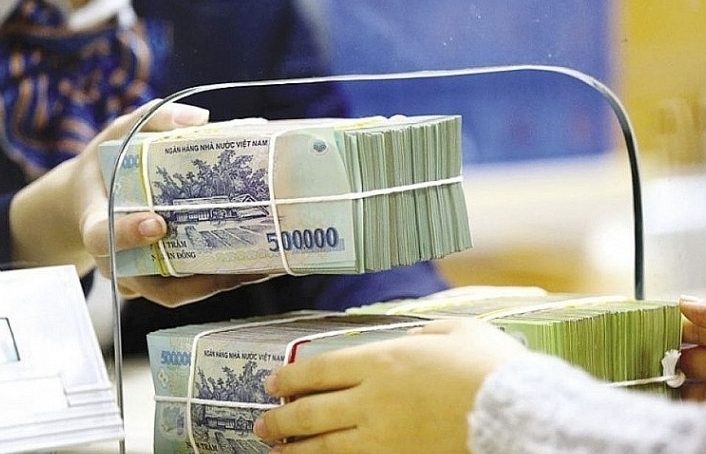
State revenue in first month of the year equal to 14% of the estimate
10:12 | 11/02/2025 Finance
Latest News

Embracing green exports: a pathway to enter global supply chains
10:33 | 20/02/2025 Import-Export
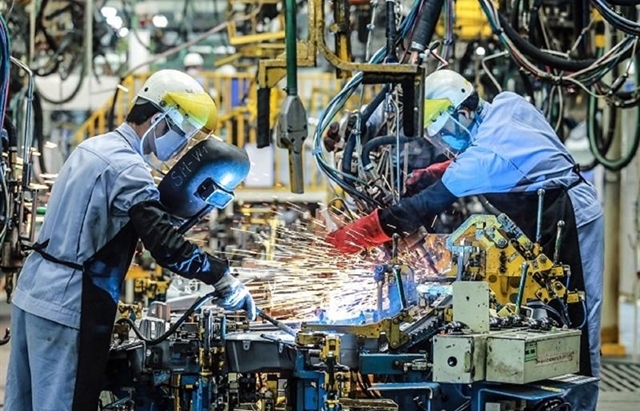
New policy proposed to prevent transfer pricing, tax evasion of FDI enterprises
10:32 | 20/02/2025 Import-Export
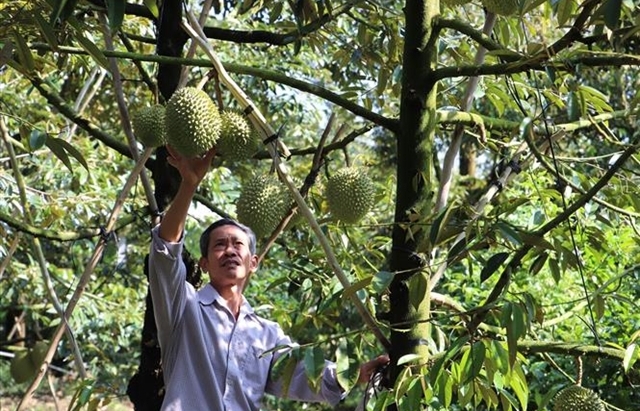
Việt Nam’s durian exports to China plummet by 80%
16:18 | 19/02/2025 Import-Export
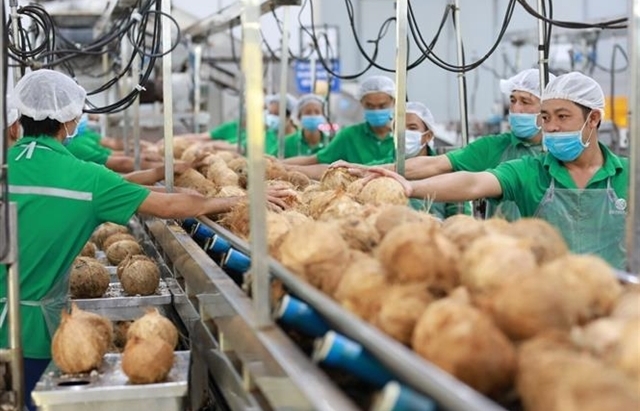
Coconut exports reach 14-year high
15:29 | 18/02/2025 Import-Export
More News

Shrimp exports grow in the first month of 2025
15:28 | 18/02/2025 Import-Export
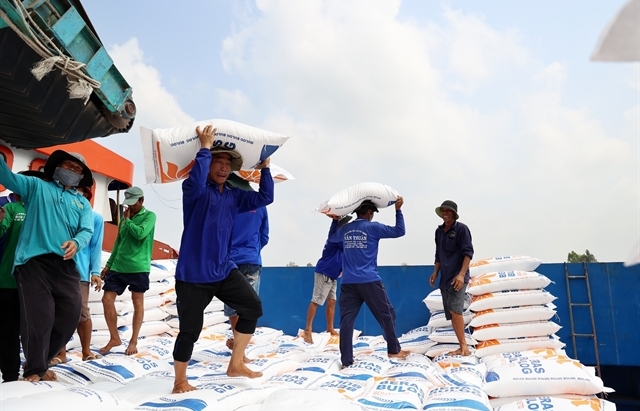
Rice export prices drop, but decline expected to be short-term
08:10 | 17/02/2025 Import-Export
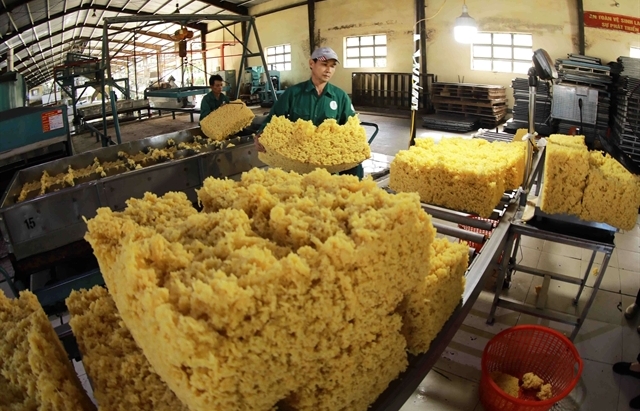
Key agro products expected to maintain export growth this year
08:08 | 17/02/2025 Import-Export
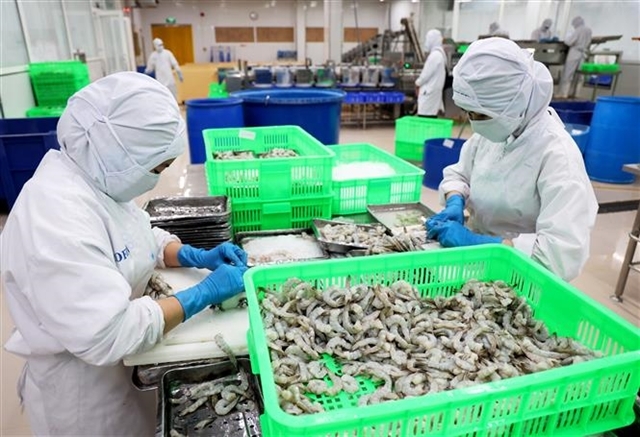
EU issues 12 warnings against Việt Nam’s food and agricultural exports
08:07 | 17/02/2025 Import-Export
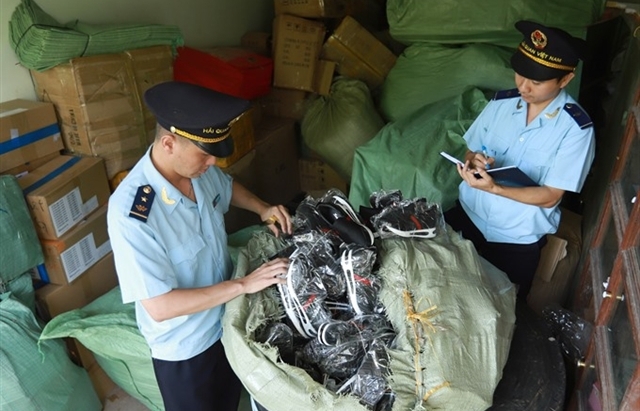
Việt Nam to impose VAT on low-value express-imported goods
08:06 | 17/02/2025 Import-Export

Exchange rate risks need attention in near future
16:31 | 15/02/2025 Import-Export
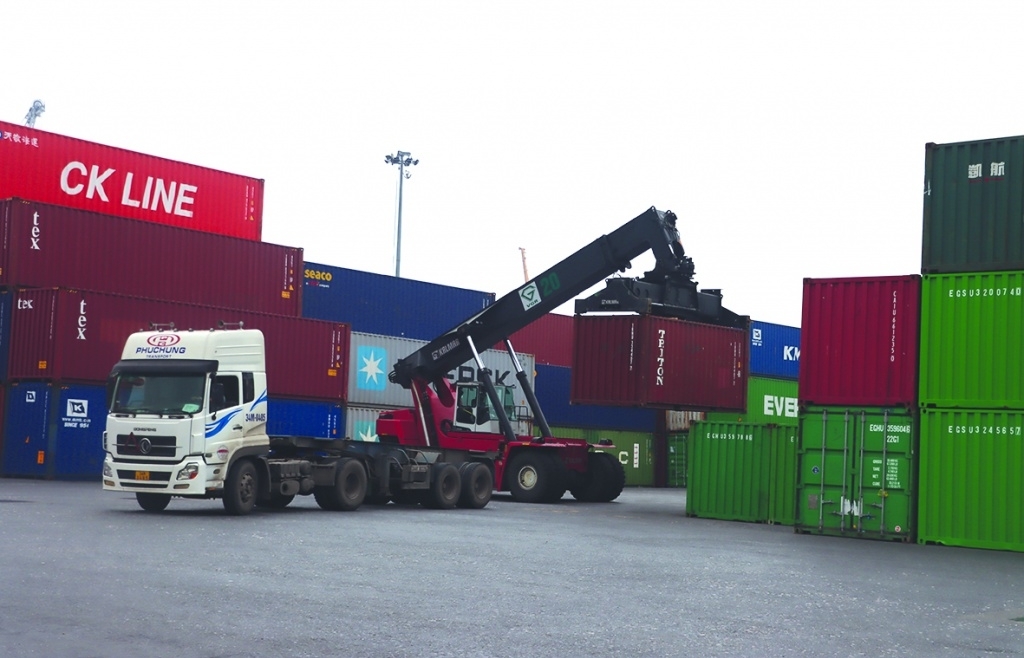
Vietnam kicked off the year with a strong start in trade, exceeding US$63 billion in the first month
16:30 | 15/02/2025 Import-Export

Market edges up slightly as liquidity remains low
14:48 | 14/02/2025 Import-Export

Business regulations must be trimmed for development of enterprises: Experts
14:46 | 14/02/2025 Import-Export
Your care
The system has not recorded your reading habits.
Please Login/Register so that the system can provide articles according to your reading needs.

Embracing green exports: a pathway to enter global supply chains
10:33 | 20/02/2025 Import-Export

New policy proposed to prevent transfer pricing, tax evasion of FDI enterprises
10:32 | 20/02/2025 Import-Export

Việt Nam’s durian exports to China plummet by 80%
16:18 | 19/02/2025 Import-Export

Coconut exports reach 14-year high
15:29 | 18/02/2025 Import-Export
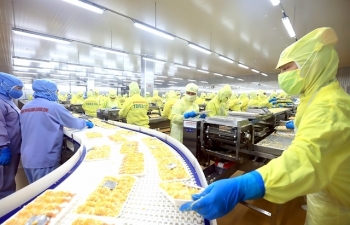
Shrimp exports grow in the first month of 2025
15:28 | 18/02/2025 Import-Export
